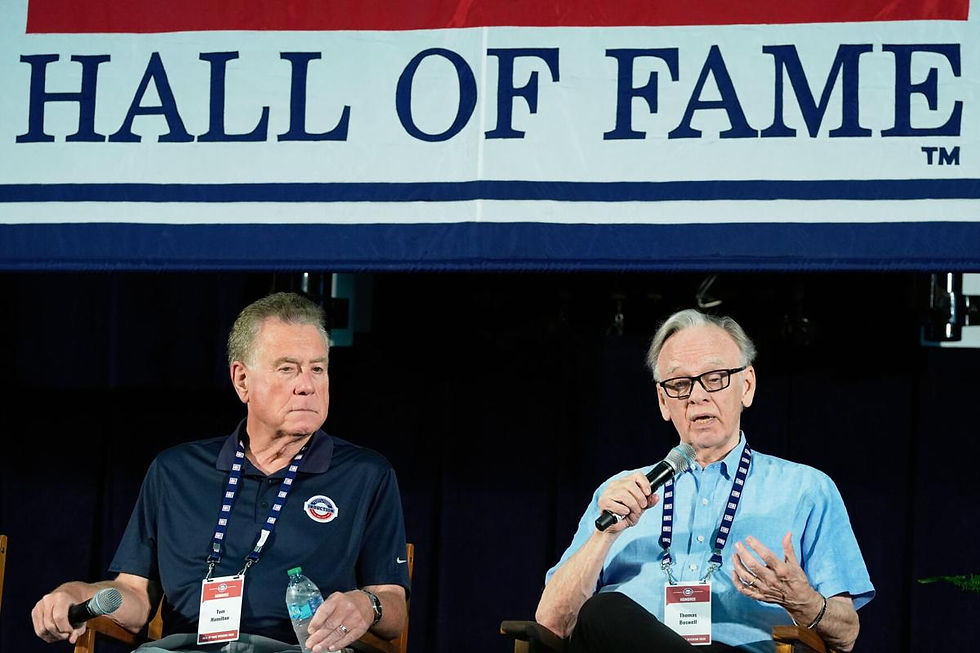Covering All 3 MLB Rule Changes Before the Start of the 2023 MLB Season
- Kyle Wolf

- Mar 28, 2023
- 3 min read
MLB introduced three new rule changes to the game in attempt to grow the game. Baseball has always had a slower pace than the other three major sports in America. Commissioner, Rob Manfred, is getting his faster-paced ball that he has been wanting to add, along with him considering these rules vital to growing the game. These three rule changes have been getting a lot of feedback, both positive and negative.

The first rule change is probably the most important to them all, the pitch clock. The pitcher will have 15 seconds to deliver the pitch when the bases are empty and 20 seconds with runner(s) on. If the pitcher does not successfully deliver his pitch within these times, they will be marked with an automatic ball. Meanwhile, the hitter will have to be facing the direction of the pitcher by the eight-second mark or they will be hit with an automatic strike.
This is obviously a very controversial topic that MLB will be receiving some backlash and praise for. The backlash is majority from the fans Baseball already has. The "old school" fans as some would say. Ones who believe America's pastime is already great and there is no reason for the changes. One of the big factors come into play when a situation might come up where one of these violations pitchers and hitters will receive, could come in late innings, which could be the deciding factor on a important game.
On the other hand, the ones in favor of the pitch clock, believe baseball is just prolonged more than it has to be. Average MiLB 9-inning game times reduced by 26 minutes from 2021-2022. This is a way to bring more action into the game and get that "fast-paced" play into baseball. No matter if readers fall into the group of for-or-against, the pitch clock is here to stay for the foreseeable future. It's going to be a interesting thing for fans to keep their eye on all throughout the 2023 season.

The second rule change is the shift restriction. Two infielders must be positioned on either side of 2B when the pitch is released and all four infielders must have both feet within the infield when pitcher is on rubber. This rule hasn't received near as much criticism as the pitch clock has. The idea of the shift restriction is to get more action during the game and to keep viewers more engaged. Going hand and hand with the shift restriction is a higher league batting average. In 2022, the league batting average was .243, which is the lowest BA we've seen since 1968. This rule change is not only favored by the majority of the MLB fanbase but has gotten some positive feedback by the players as well.

Lastly, the third and final rule change is the bigger bases. 1B, 2B and 3B increased from 15" to 18". It's been all too common to see players sliding into a base and come up with jammed fingers, collisions, and being spiked. Bigger bases are expected to have positive impact on player safety. Something that seemed needed to all players. Adding to the "more action" approach to these rule changes, the leagues stolen base rate is going to skyrocket. One player who comes to mind is Trea Turner. A player who is always at the top of the stolen base leaderboard is going to get even more than he has, in what could be ever.









Comments